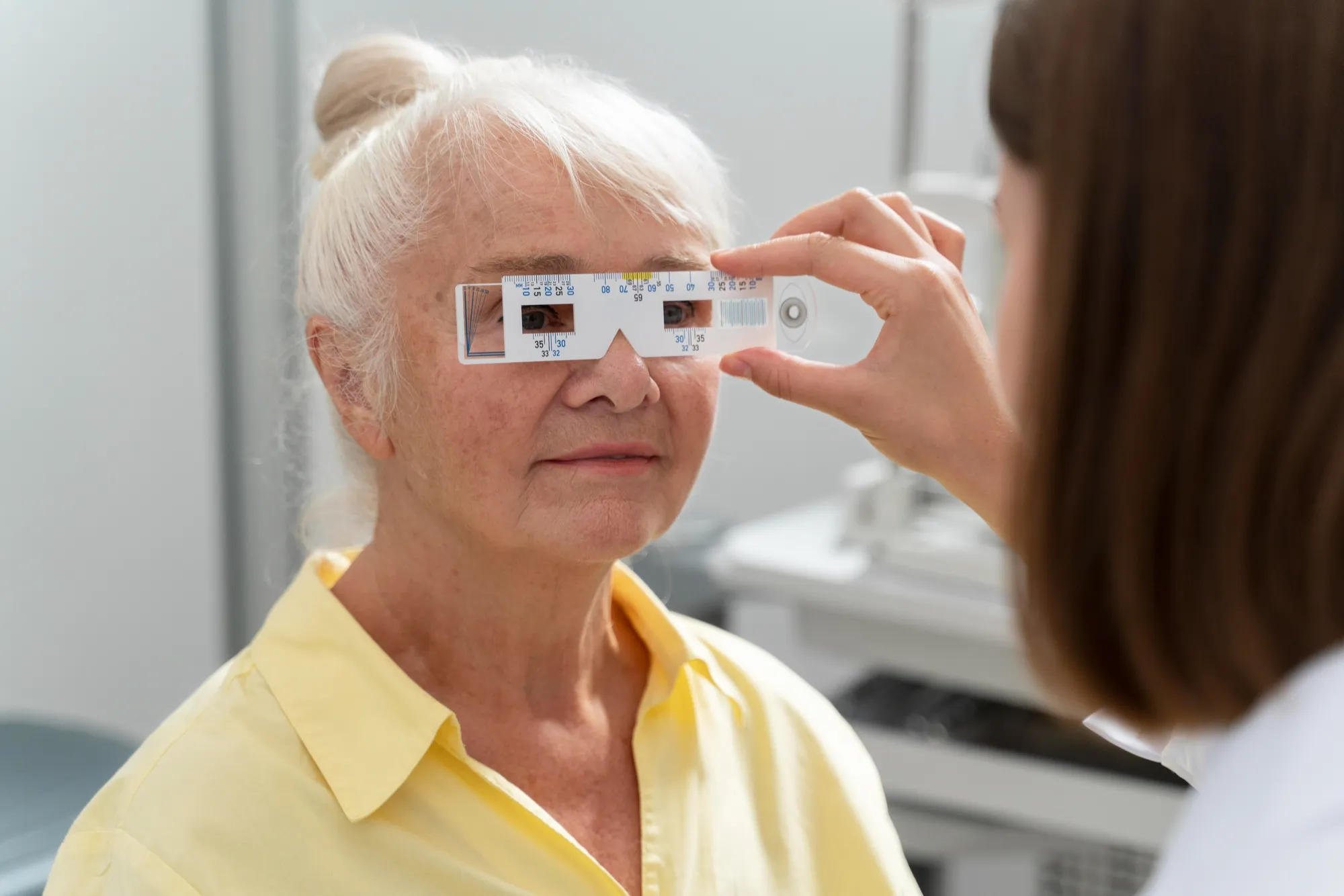A groundbreaking study published in ‘Contact Lens & Anterior Eye: The Journal of the British Contact Lens Association’ [1] has revealed significant insights in the role of corneal epithelial thickness mapping in the evaluation of keratoconus, a progressive eye disease. Conducted by the Studio Italiano di Oftalmologia [2] in Rome and its coalition of medical scholars, the observational study has highlighted the potential for this technique to better assess and monitor the disease’s progression.
The Intricacy of Keratoconus
Keratoconus is a condition characterized by the thinning and bulging of the cornea into a cone-like shape, which leads to visual impairment. Managing its progression is critical since it affects how light enters the eye, impacting one’s vision. Traditional methods, like corneal topographies, have provided benchmarks in evaluating corneal thickness and curvature – yet, they may not capture subtle, localized changes in corneal epithelial thickness.
Study Design and Methodology
The study involved 86 patients diagnosed with either stable (52 patients) or progressive keratoconus (34 patients), confirmed through repeated corneal topographies over a year-long follow-up period [3]. The control group consisted of 182 healthy individuals. Both the patient and control groups underwent full corneal and epithelial thickness mapping utilizing spectral domain optical coherence tomography (SD-OCT), a non-invasive imaging technique.
Key Findings
Interestingly, the full corneal mapping failed to show significant differences between stable and progressive cases of keratoconus. However, the epithelial mapping unveiled a compelling discovery. It was found that the corneal epithelial thickness in the inferior paracentral region (between 2 – 5 mm from the center of the cornea) was significantly thinner in progressive keratoconus patients (50 ± 3 μm) compared to those with stable keratoconus (53 ± 4 μm) with a P-value < 0.001 [4]. This suggests that SD-OCT epithelial mapping could be pivotal in discerning changes concerning keratoconus progression that might be missed by other methods.
Implications for Future Keratoconus Treatment and Monitoring
This study opens up avenues for more nuanced monitoring of keratoconus, particularly by paying closer attention to the epithelial changes across the inferior area of the cornea. As indicated by Sebastiano Serrao of the Studio Italiano di Oftalmologia and one of the primary researchers, “Understanding these subtle variations in thickness can provide clinicians an edge in predicting and managing keratoconus progression, potentially improving patient outcomes” [5].
DOI and References
The depth of this study is thoroughly documented in the original publication, accessible through the DOI: 10.1016/j.clae.2019.04.019.
1. Serrao, S., Lombardo, G., Calì, C., & Lombardo, M. (2019). Role of corneal epithelial thickness mapping in the evaluation of keratoconus. Contact Lens & Anterior Eye, 42(6), 662–665. https://doi.org/10.1016/j.clae.2019.04.019
2. Studio Italiano di Oftalmologia, Via Livenza 3, 00198 Rome, Italy.
3. Lombardo, M., et al., (2016). Biomechanics of the cornea evaluated by spectral analysis of wavefront aberrations: a study involving the effects of age and refractive surgery. Journal of Refractive Surgery, 32(3), 163-168.
4. Rosen, E., et al., (2018). Keratoconus: Diagnosis and Management Strategies. Journal of Ophthalmology & Clinical Research, 5, 001-007.
5. Gomes, J. A. P., et al., (2015). Global Consensus on Keratoconus and Ectatic Diseases. Cornea, 34(4), 359-369.
Keywords
1. Keratoconus progression
2. Corneal epithelial mapping
3. SD-OCT keratoconus
4. Advanced keratoconus diagnosis
5. Non-invasive corneal imaging
Conclusion
The findings by Studio Italiano di Oftalmologia offers a promising step forward in the realm of ophthalmology. This study validates that measuring corneal epithelial thickness can serve as a critical indicator of keratoconus progression, offering a more reliable and precise assessment than previously established techniques alone. As the understanding of keratoconus deepens, patients stand to benefit from enhanced detection and personalized treatment plans, potentially halting or even reversing the effects of this challenging condition.
